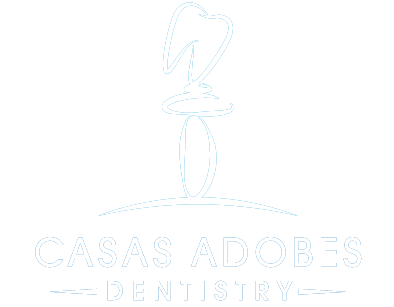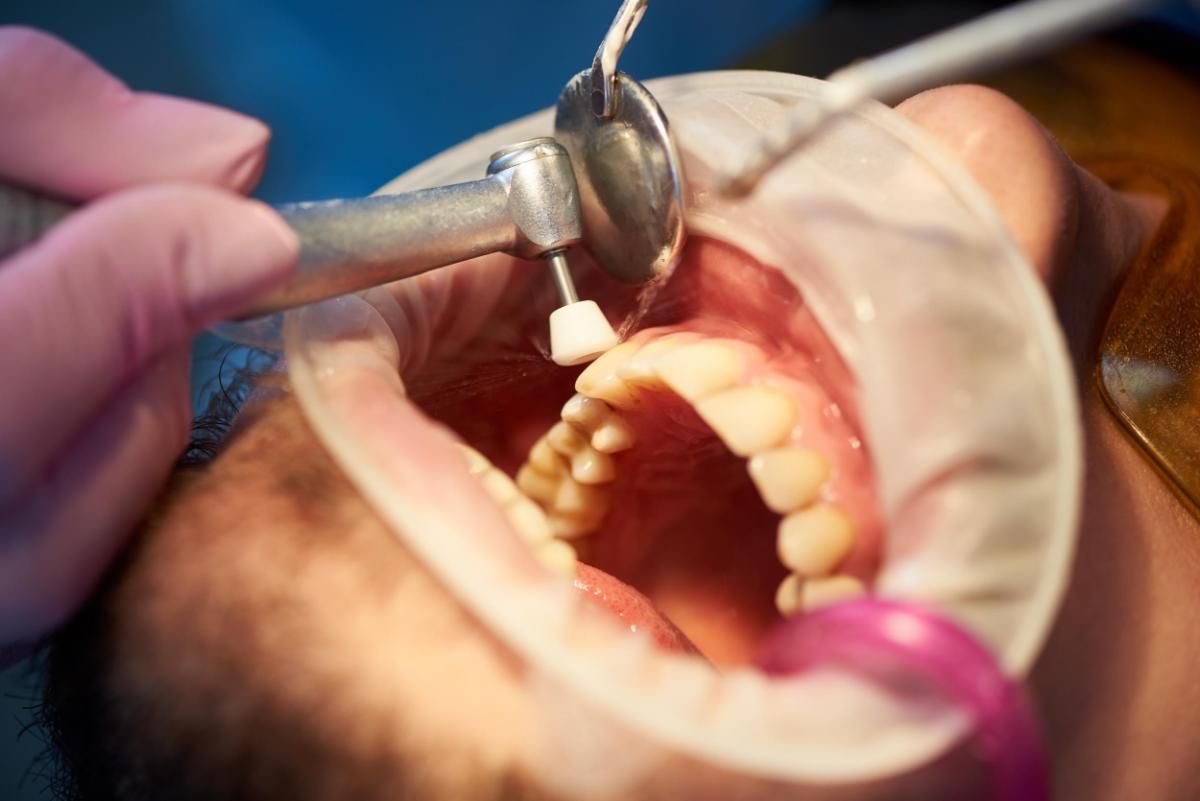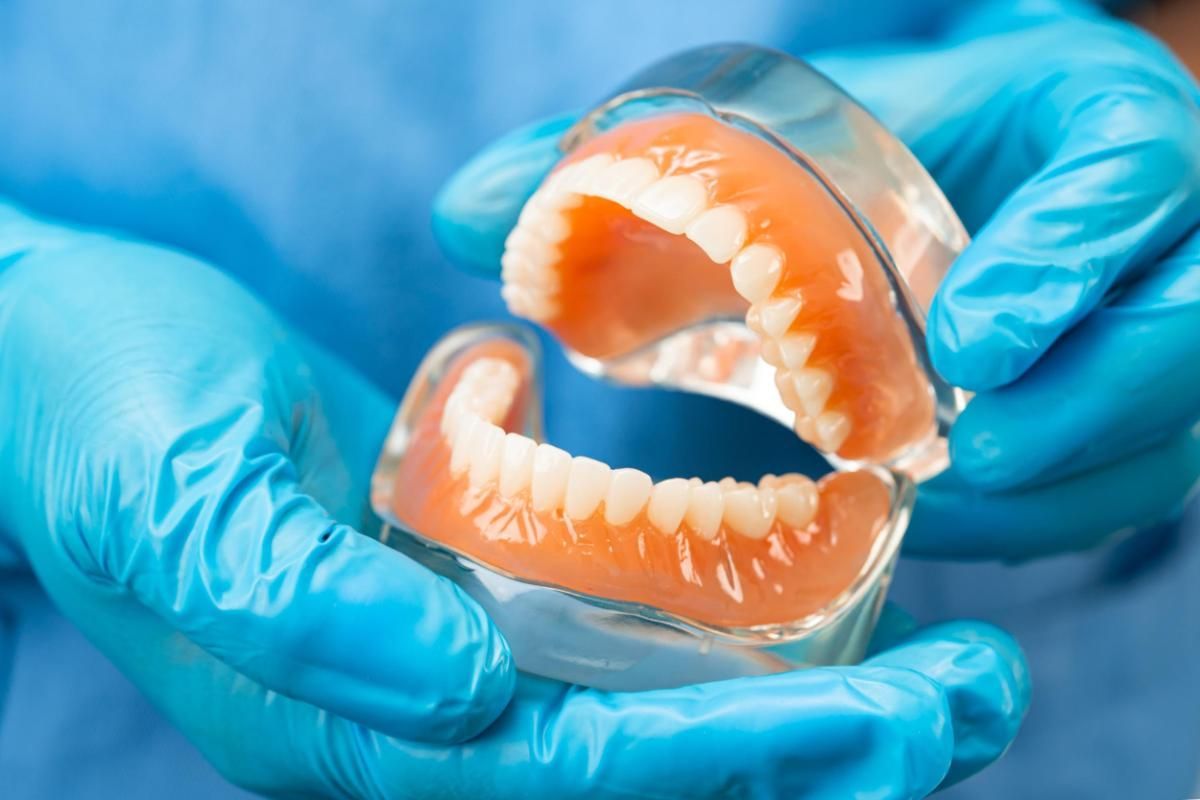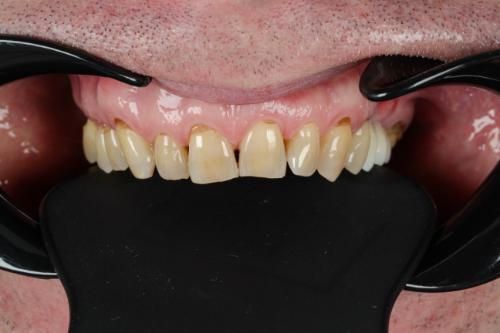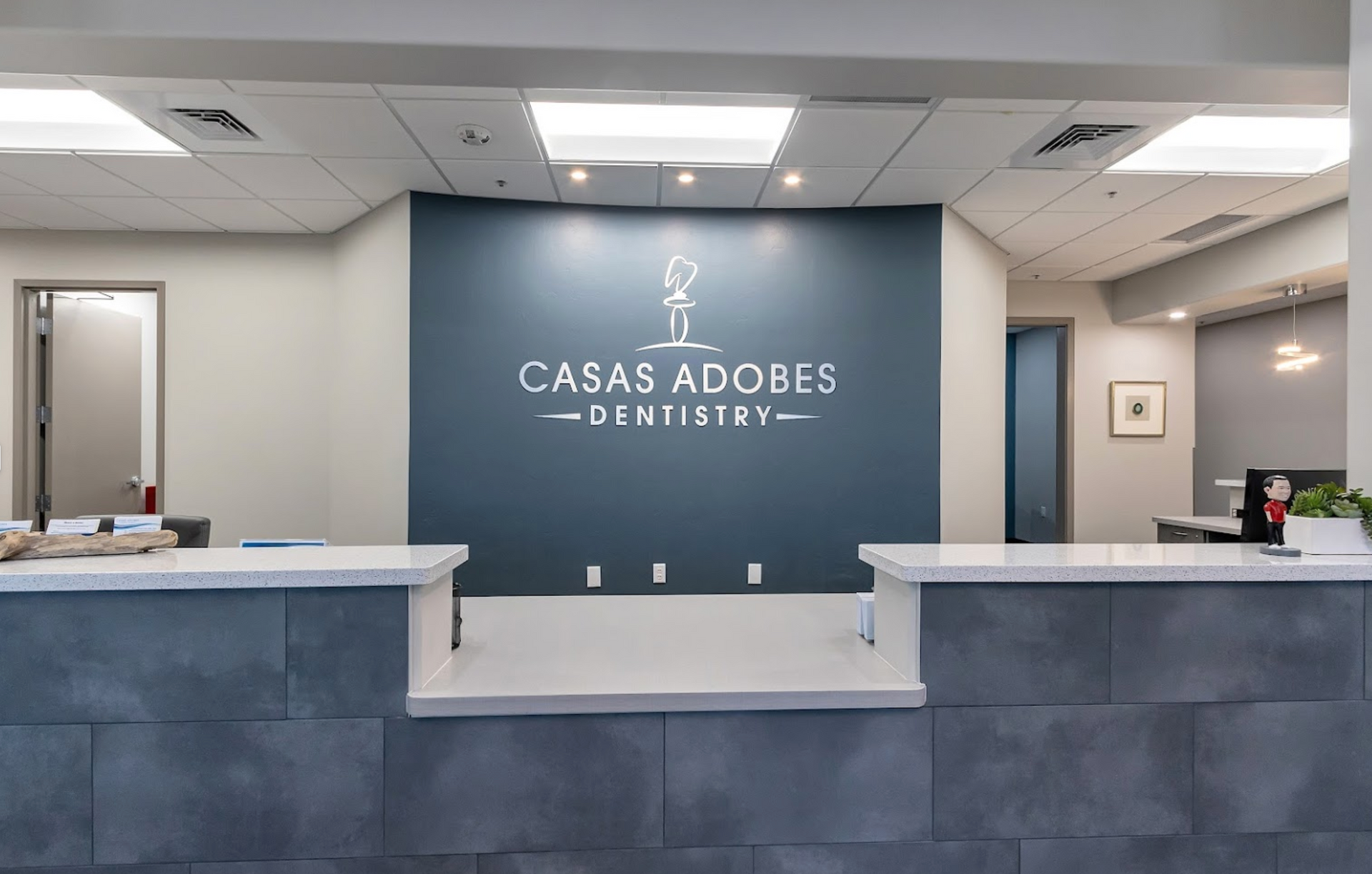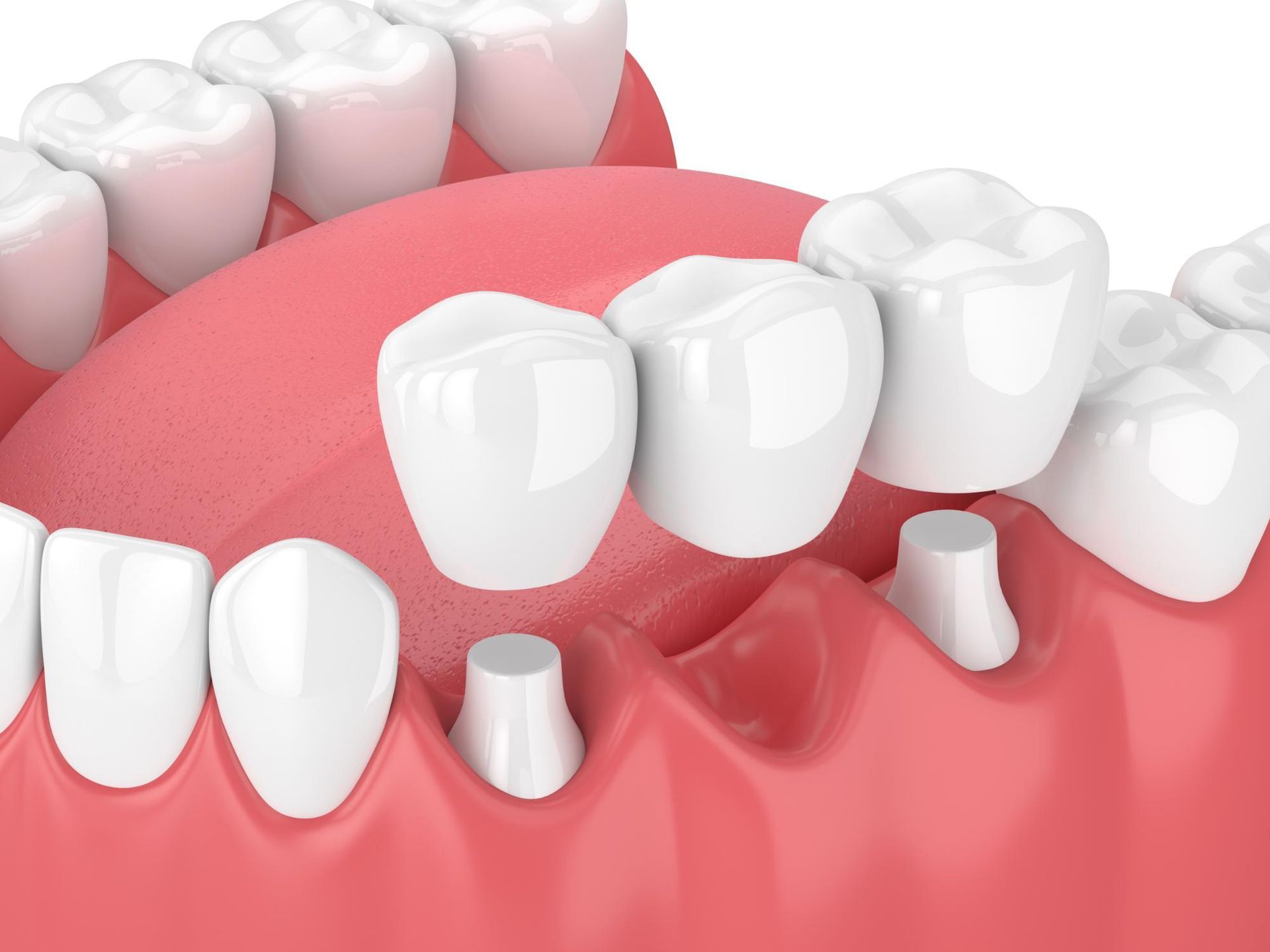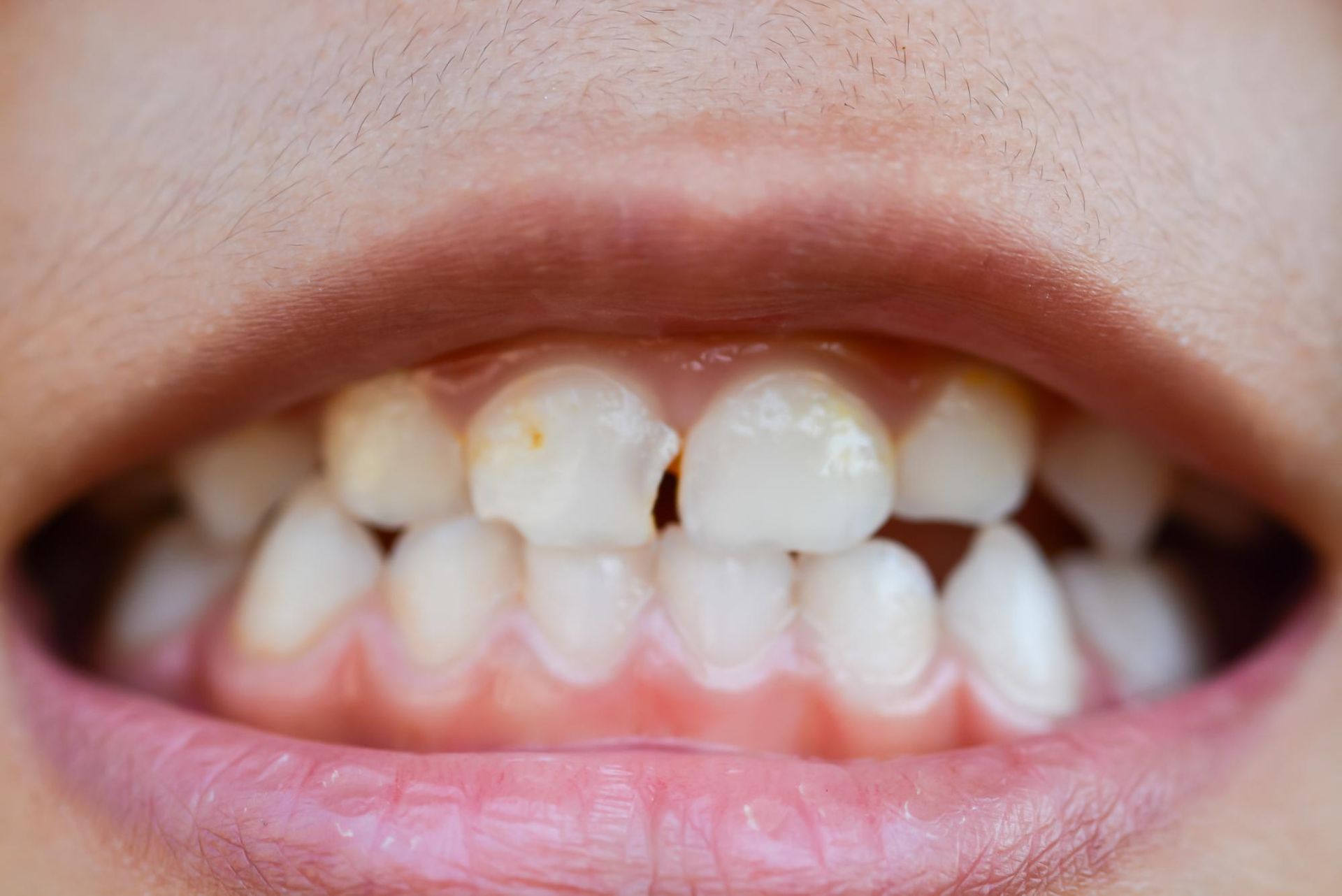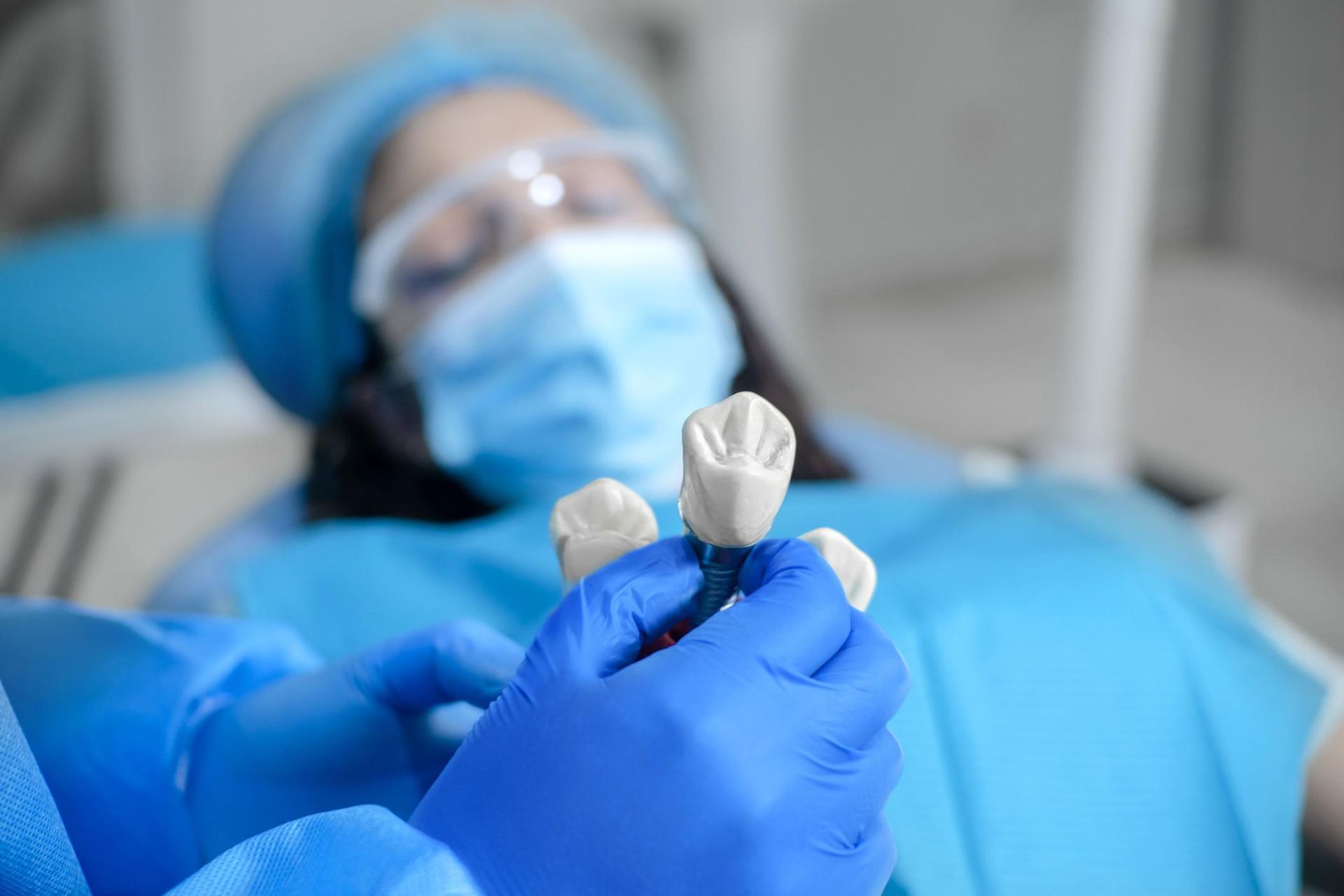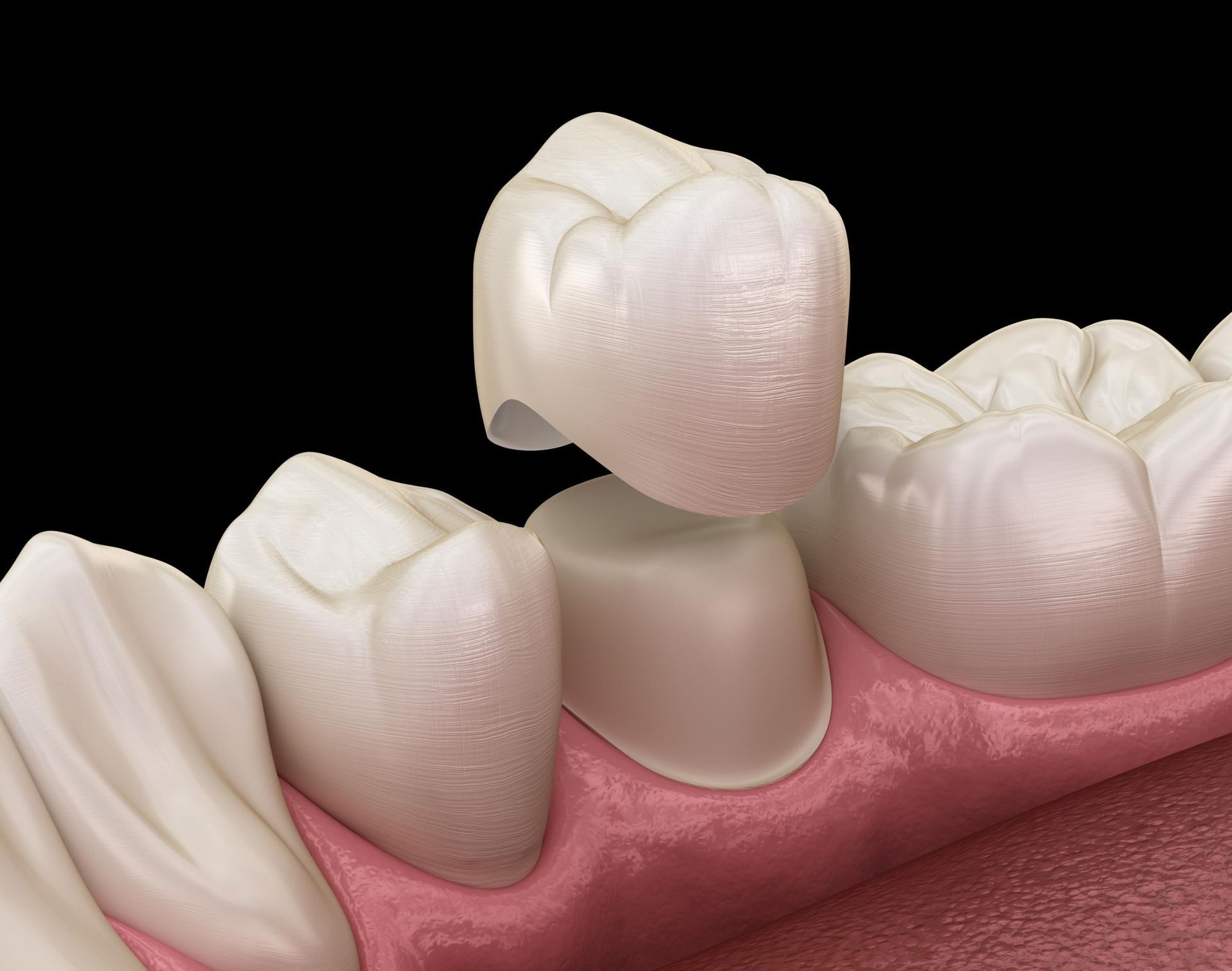Dental Crown Placement After a Root Canal

Hearing that you need a root canal may not be welcome news, but you can handle this procedure. Despite what you may have heard, there is minimal pain and discomfort during the process. Plus, the recovery period is usually quick. Along with cleaning out your tooth, you will likely get a crown over it. There are a few reasons why this occurs. It is helpful to understand the function this cap serves after a root canal. Placing a crown is essential for maintaining long-term dental health by restoring strength and preventing further decay.
The Purpose of a Root Canal
This common procedure is necessary when a tooth has become severely decayed or infected. Without this treatment, the tooth could abscess, and infection could spread throughout the mouth and into other parts of the body. The dentist removes the pulp, which contains vessels and nerves. After cleaning out the tooth, the dentist disinfects the area and then seals it. This helps to prevent further problems and reduces the risk of cavities and infections in the tooth.
What the Crown Does
Sometimes known as a cap, the crown goes over a tooth, protecting it and stabilizing it. The crown is typically made of porcelain, ceramic, resin, or porcelain-fused-to-metal. The dentist can make the crown to be the same color as the surrounding teeth so that it will not stand out. Some crowns are made of metal. Though these are more noticeable, they are often more durable and long-lasting. A crown looks like a natural tooth and allows the patient to retain full biting and chewing capabilities with it.
The crown procedure involves preparing the tooth's enamel for a proper crown fit, and patients can choose between permanent and temporary crowns following a root canal.
Preparing the Tooth for a Crown
Preparing a tooth for a crown typically involves two visits to the dental office. During the first visit, the dentist will focus on examining and preparing the tooth. This begins with taking X-rays to check the roots of the tooth and the surrounding bone. If the tooth has extensive decay or there is a risk of infection or injury to the pulp, a root canal treatment may be necessary.
Once the tooth is ready, the dentist will numb the area with a local anesthetic. The gum tissue around the tooth is also numbed to ensure comfort during the procedure. The dentist then files down the tooth along the chewing surface and sides to make room for the crown. The amount of tooth structure removed depends on the type of crown being used. If a large portion of the tooth is missing, the dentist will use filling material to build up the tooth to support the crown.
Next, the dentist makes impressions of the prepared tooth using a paste or putty. Impressions of the teeth above and below the tooth are also taken to ensure the crown will fit properly. These impressions are sent to a dental lab where the permanent crown is manufactured. This process usually takes 2-3 weeks.
In the meantime, the dentist will place a temporary crown over the prepared tooth. Temporary crowns are typically made of acrylic and are held in place with temporary cement. They protect the tooth and maintain its function until the permanent crown is ready.
During the second visit, the temporary crown is removed, and the permanent crown is cemented in place. The dentist will check the fit and color of the permanent crown before cementation. Local anesthetic is used to numb the tooth to ensure comfort during this final step.
Placing the Crown
After finishing the root canal, the dentist may place a temporary crown over the tooth. In this case, the patient would return to the office in a few weeks for a permanent one. Other dentists begin preparing the crown before the root canal procedure so that it is ready for the patient. To put the crown over the tooth, the dentist must first take X-rays and make impressions of the patient’s mouth. This ensures that the crown will fit. When the patient is ready to receive it, the dentist shaves the tooth and cements the crown in place.
Caring for the Crown
Though crowns can withstand a lot of force, patients should be cautious about what they eat. The dentist may advise the person to avoid hard foods after the root canal. This may be necessary for the long term in order to protect the crown as well. Daily brushing and flossing are still critical. These activities will help the crown last longer and work effectively. At each dental checkup, the dentist will examine the crown to make sure it still fits properly and is in good condition.
Benefits of having a Dental Crown After a Root Canal Treatment
Root canal treatment can help extend the life of one’s tooth. Removing the infected pulp tends to weaken the dental structure. That is why the dentist will suggest a dental crown for the treated tooth. Assessing the remaining tooth structure after a root canal treatment is crucial to determine the suitability of a crown.
Here are the benefits of having a crown after a root canal treatment:
It helps the tooth look healthy again. Root canal therapy can change a tooth’s color. The treated tooth can look grayed or even stained. This can make the tooth stand out from the rest of the natural teeth. Placing a crown over the treated tooth can renew its appearance. The dentist can match the color of the crown to the color of the surrounding teeth. This will make it difficult for anyone to tell which tooth had root canal treatment.
It can protect the tooth from sensitivity. The treated tooth will be weaker and more sensitive to temperature and touch. This can be uncomfortable. That is why the dentist will place a crown over the treated tooth.
It can restore a tooth with severe damage. Root canal therapy can make the tooth more brittle, especially with such severe damage. It will need some level of strengthening after this treatment. A dental crown can provide the support the dental structure needs. It can restore the broken tooth and extend its functionality.
It can protect the tooth from more damage and infection. A treated tooth is a weakened tooth. Dental crowns can shield the tooth from future damage and infection.
How Long Does a Crown Last After a Root Canal?
The longevity of a crown after a root canal depends on several factors, including the type of crown used, the material it is made from, and the patient’s oral hygiene habits. On average, a crown can last for 10 to 15 years or more with proper care and regular dental check-ups. However, some crowns may last longer or shorter depending on individual circumstances.
Factors that can affect the longevity of a crown include the patient’s diet, oral hygiene habits, and the presence of any underlying dental conditions. For instance, a diet high in sugary or acidic foods can wear down the crown more quickly. Similarly, poor oral hygiene can lead to decay around the crown, reducing its lifespan.
To help extend the life of a crown, it is essential to practice good oral hygiene, including brushing and flossing daily. Regular dental check-ups are also crucial, as they allow the dentist to monitor the condition of the crown and address any issues early on. With proper care, a crown can provide long-lasting protection and functionality for a tooth that has undergone root canal treatment.
An Important Step in the Process
When you get a root canal, cleaning the tooth and removing the decay are not the only parts of the procedure. You will also need a crown over the repaired tooth. This protects the tooth and reduces the risk of you damaging it further. The dentist will explain how this works and will answer any questions you have. The longevity and cost of root canals, particularly when combined with crowns, are important considerations, as a properly done root canal with a crown can last for many years. This crown should last for several years.
Request an appointment here: https://www.casasadobesdentistry.com or call Casas Adobes Dentistry at (520) 376-2412 for an appointment in our Tucson office.
